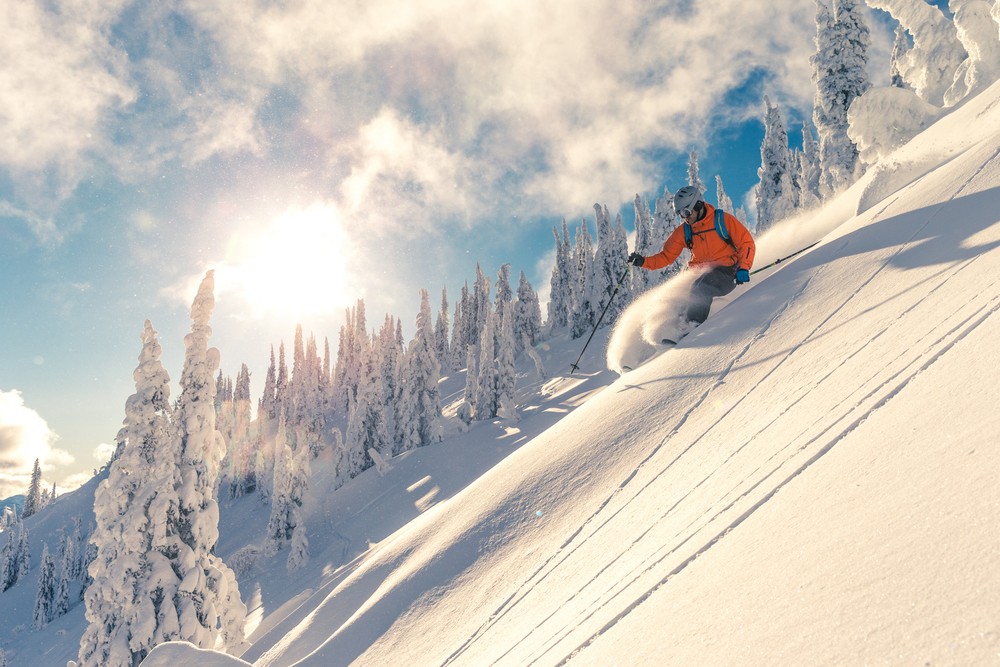For a sports nerd like me, every great sports event, like the upcoming Winter Olympics in South Korea, is like Christmas to me. There is something incredible about how dedicated athletes can train and optimize their bodies and minds to perform as well as possible for their particular sport with its given rules. A snowboarder has to have full control of his or her body, be brave and have perfect balance whereas an ice skater has to be explosive and have massive leg muscles. Two completely different body types are needed for each sport, but they are both the end result of years of practice and endless dedication.
Another thing that impresses me as well with the Olympics, in general, is the scheduling of all the different events. Have you ever given this a thought? You have a finite amount of ski slopes, ice skating arenas, cross-country skiing slopes, and a finite amount of time to perform every event. Each slope has to be prepared for every event and you need to include pauses between certain heats to give the athletes time to rest. And that doesn’t even include the fact that many athletes compete in similar sports as well! For example, a slalom skier is likely to be a giant slalom skier as well, so you can’t place these two events too close to each other in time. It gets even more complex when you include the TV audience, who wants to follow as many events as possible with each exciting goal passage separated.
This scheduling nightmare is not too far from typical configuration problems we sometimes see in hardware configuration. You have a set amount of (time) slots that can be filled by a resource (in this case sports events). As mentioned, some of these slots must have a certain time window in between, you must allow preparation time to change a ski slope from, for example, slalom to giant slalom etc, and you also have to optimize so that two popular sports events in different locations doesn’t collide for the TV audience who wants to see the 1000m speed skate final, as well as the ski jumping final – even though they don’t share the same physical place.
For fun, I’ve played around with creating a configuration model for the scheduling of an event like this. I would be delighted to discuss the topic further with someone who is in charge of the Olympic schedules. If you are playing around with similar configuration issues related to your business, give us a call or send us an email and let’s initiate a discussion.

